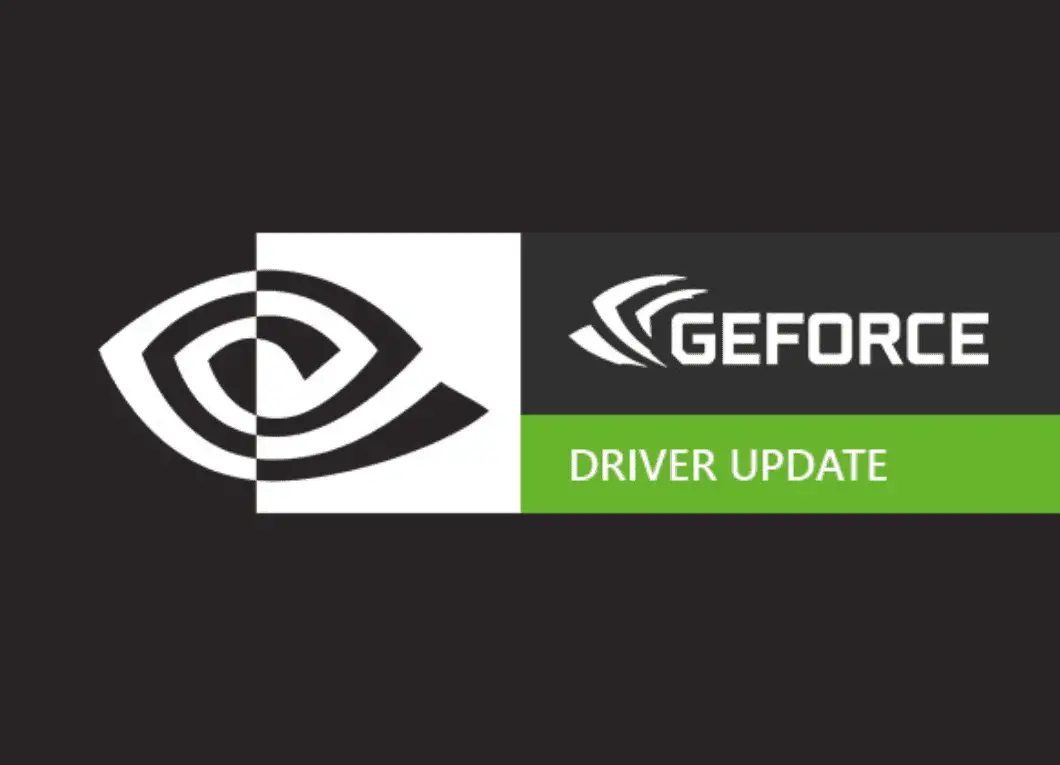Nvidia has released the GeForce 473.47 WHQL driver, a security update in the form of a driver that fixes various CVE vulnerabilities and brings no additional features. It is understood that these vulnerabilities could lead to issues such as denial of service, information leakage or data tampering.

According to NVIDIA’s security bulletin, there are a total of twelve CVE vulnerabilities involved, including CVE-2022-28181, CVE-2022-28182, CVE-2022-28183, CVE-2022-28184, CVE-2022-28185, CVE-2022-28186, CVE-2022-28187, CVE-2022-28188, CVE-2022-28189, CVE-2022-28190, CVE-2022-28191, and CVE-2022-28192, with CVSS scores ranging from 4.1 to 8.5.
NVIDIA GPU DISPLAY DRIVER
CVE ID Description Base Score Vector CVE‑2022‑28181 NVIDIA GPU Display Driver for Windows and Linux contains a vulnerability in the kernel mode layer, where an unprivileged regular user on the network can cause an out-of-bounds write through a specially crafted shader, which may lead to code execution, denial of service, escalation of privileges, information disclosure, and data tampering. The scope of the impact may extend to other components. 8.5 AV:N/AC:H/PR:L/UI:N/S:C/C:H/I:H/A:H CVE‑2022‑28182 NVIDIA GPU Display Driver for Windows contains a vulnerability in the DirectX11 user mode driver ( nvwgf2um/x.dll), where an unauthorized attacker on the network can cause an out-of-bounds write through a specially crafted shader, which may lead to code execution to cause denial of service, escalation of privileges, information disclosure, and data tampering. The scope of the impact may extend to other components.8.5 AV:N/AC:H/PR:L/UI:N/S:C/C:H/I:H/A:H CVE‑2022‑28183 NVIDIA GPU Display Driver for Windows and Linux contains a vulnerability in the kernel mode layer, where an unprivileged regular user can cause an out-of-bounds read, which may lead to denial of service and information disclosure. 7.7 AV:L/AC:L/PR:N/UI:N/S:U/C:H/I:N/A:H CVE‑2022‑28184 NVIDIA GPU Display Driver for Windows and Linux contains a vulnerability in the kernel mode layer (nvlddmkm.sys) handler for DxgkDdiEscape, where an unprivileged regular user can access administrator- privileged registers, which may lead to denial of service, information disclosure, and data tampering. 7.1 CVE‑2022‑28185
NVIDIA GPU Display Driver for Windows and Linux contains a vulnerability in the ECC layer, where an unprivileged regular user can cause an out-of-bounds write, which may lead to denial of service and data tampering. 6.8 AV:L/AC:L/PR:N/UI:N/S:U/C:N/I:L/A:H CVE‑2022‑28186 NVIDIA GPU Display Driver for Windows contains a vulnerability in the kernel mode layer ( nvlddmkm.sys) handler for DxgkDdiEscape, where the product receives input or data, but does not validate or incorrectly validates that the input has the properties that are required to process the data safely and correctly, which may lead to denial of service or data tampering.6.1 AV:L/AC:L/PR:L/UI:N/S:U/C:N/I:L/A:H CVE‑2022‑28187 NVIDIA GPU Display Driver for Windows contains a vulnerability in the kernel mode layer ( nvlddmkm.sys), where the memory management software does not release a resource after its effective lifetime has ended, which may lead to denial of service.5.5 AV:L/AC:L/PR:L/UI:N/S:U/C:N/I:N/A:H CVE‑2022‑28188 NVIDIA GPU Display Driver for Windows contains a vulnerability in the kernel mode layer (
nvlddmkm.sys) handler for DxgkDdiEscape, where the product receives input or data, but does not validate or incorrectly validates that the input has the properties that are required to process the data safely and correctly, which may lead to denial of service.5.5 AV:L/AC:L/PR:L/UI:N/S:U/C:N/I:N/A:H CVE‑2022‑28189 NVIDIA GPU Display Driver for Windows contains a vulnerability in the kernel mode layer ( nvlddmkm.sys) handler for DxgkDdiEscape, where a NULL pointer dereference may lead to a system crash.5.5 AV:L/AC:L/PR:L/UI:N/S:U/C:N/I:N/A:H CVE‑2022‑28190 NVIDIA GPU Display Driver for Windows contains a vulnerability in the kernel mode layer (nvlddmkm.sys) handler for DxgkDdiEscape, where improper input validation can cause denial of service. 5.5 AV:L/AC:L/PR:L/UI:N/S:U/C:N/I:N/A:H NVIDIA VGPU SOFTWARE
CVE ID Description Base Score Vector CVE‑2022‑28191 NVIDIA vGPU software contains a vulnerability in the Virtual GPU Manager ( nvidia.ko), where uncontrolled resource consumption can be triggered by an unprivileged regular user, which may lead to denial of service.5.5 AV:L/AC:L/PR:L/UI:N/S:U/C:N/I:N/A:H CVE‑2022‑28192 NVIDIA vGPU software contains a vulnerability in the Virtual GPU Manager ( nvidia.ko), where it may lead to a use-after-free, which in turn may cause denial of service. This attack is complex to carry out because the attacker needs to have control over freeing some host side resources out of sequence, which requires elevated privileges.4.1 AV:L/AC:H/PR:H/UI:N/S:U/C:N/I:N/A:H
Last year, Nvidia announced that it would no longer support Kepler architecture products after the GeForce R470 GA5 version driver was released on August 31. Users with these graphics cards will continue to receive security updates until September 2024. Game Ready Driver upgrades, including performance improvements, new features, and bug fixes, are only available for Maxwell, Pascal, Turing, and Ampere architecture GPUs, which means that only the GeForce GTX 750 Ti, GeForce GTX 750, and GeForce GTX 745 Maxwell architecture products will continue to be supported in the GeForce 700 series.
The GeForce R495 GA1 version is the first GeForce graphics driver that does not support Kepler architecture products and operating systems prior to Windows 10. The GeForce Game Ready 496.13 WHQL driver is the first driver in the GeForce R495 GA1 release branch, released on October 12, 2021.